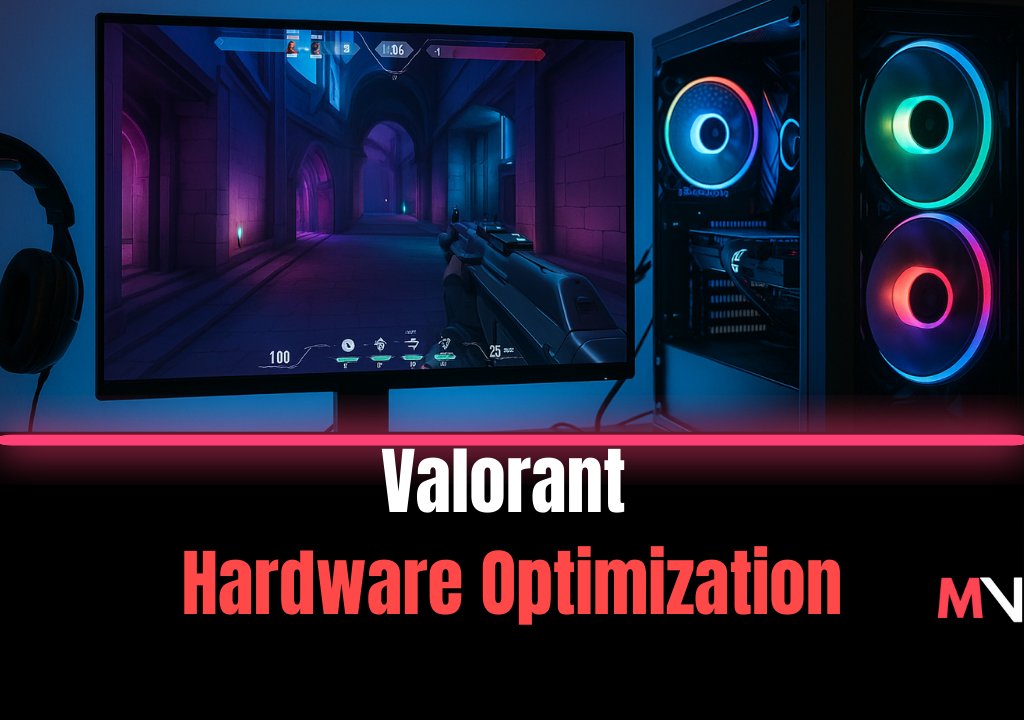Valorant Hardware Optimization
In Valorant, your hardware setup plays a bigger role in ranked performance than most players realize. Even small issues like FPS drops, input lag, or low refresh rates can cost you crucial rounds, directly affecting your MMR and RR gains. Optimizing your system ensures smooth gameplay, sharper aim, and better consistency during competitive matches.
🟢 Why Hardware Consistency Matters in Valorant
Valorant is built around precision and milliseconds. If your system lags, delays input, or struggles with FPS stability, you’re already at a disadvantage. Proper hardware optimization helps by:
- ✅ Lowering Input Lag → Faster reactions in duels.
- ✅ Maintaining Stable FPS → Smooth aiming and fewer stutters.
- ✅ Reducing Crashes & Drops → More consistent ranked sessions.
- ✅ Improving Comfort → Ergonomic setups reduce fatigue during long sessions.
The end result: more consistent ranked performance and steady MMR growth.
🟢 Key Areas of Hardware Optimization
1. PC Specs & System Setup
- CPU/GPU Balance: A strong CPU for calculations, GPU for high FPS.
- RAM: Minimum 16GB recommended.
- SSD: Faster load times and fewer stutters than HDDs.
2. FPS & Graphics Settings
- Lower unnecessary settings (shadows, detailed textures).
- Aim for 240 FPS on 240Hz monitors or at least 144 FPS on 144Hz monitors.
3. Monitor Optimization
- Refresh Rate: 144Hz+ is essential.
- Response Time: 1ms for crisp visuals.
- Adaptive Sync: Turn off V-Sync for reduced latency.
4. Competitive Peripherals
- Mouse: Lightweight, 1000Hz polling, customizable DPI.
- Keyboard: Mechanical switches for faster inputs.
- Headset: High-quality audio for footsteps & directional sound.
5. Network Stability
- Always use Ethernet, avoid Wi-Fi.
- Gaming routers with QoS help prioritize traffic.
- Monitor ping → Avoid queues when unstable.
🟢 Maintenance & Long-Term Stability
- Keep drivers updated (GPU, motherboard, peripherals).
- Close background apps & overlays before ranked.
- Use Windows Game Mode and disable unnecessary startup programs.
- Ensure good cooling & airflow to prevent FPS drops from overheating.
🟢 Final Thoughts: Hardware Is Part of the Climb
While mechanics, strategy, and teamwork are the most important skills, your hardware can quietly make or break your ranked consistency. A stable system removes excuses, maximizes your reactions, and supports your hidden MMR climb.
🔗 Track How Hardware Consistency Impacts Your Climb
Do you want to know how stable FPS and low input lag affect your hidden MMR?
Go to mmrvalorant.com
to track your real-time MMR changes, session history, and win rates. Smarter hardware + smarter tracking = faster climb.
Tags

Author




